Storage Access API lets you pause your Edge privacy settings
2 min. read
Updated on
Read our disclosure page to find out how can you help Windows Report sustain the editorial team. Read more
Key notes
- Microsoft rolled out the Storage Access API in the Canary and Dev Channels.
- Developers can use the Storage Access API to make a provision for embedded content to access browser storage that's otherwise accessible in a first-party context only.
- For help optimizing your browsing experience in Windows 10, check out the Browser Issues page.
- Visit the Edge page to catch up on the latest news and updates to the Chromium-based browser.

Microsoft rolled out the Storage Access API in the Canary and Dev Channels. As such, developers can implement the feature to let site visitors temporarily suspend their Edge privacy settings.
The recently concluded Microsoft Build 2020 event came with plenty of productivity features and quality- of-life improvements for Edge. Many of them, for example, Pinterest-Collections integration and tracking prevention are already available in the browser.
Well, the new Storage Access API lets developers make a provision for temporarily suspending certain aspects of privacy features like tracking prevention.
The Storage Access API and your Edge privacy settings
Of course, tracking prevention is vital to the reinforcement of user privacy by blocking unwanted access by third parties or any untrusted parties.
But it can also have unfavorable effects, such as blocking access to content the user may wish to view. In such scenarios, developers can use the Storage Access API to create user opt-in provisions and let third-party sites access otherwise restricted first-party site data.
Microsoft explains the API:
This capability can be used to create graceful fallback experiences in cases when storage access may be restricted by features such as tracking prevention in Microsoft Edge. For users, this API provides greater transparency into and control over the sites that are requesting access to browser-based storage that could be used to track their behaviors across the web.
Say, you have prevention tracking enabled in Microsoft Edge. And you wish to view embedded videos or interact with social media widgets on a website in the browser.
Also, let’s assume that the first-party site has implemented the Storage Access API. In that case, you may encounter a prompt requiring permission to temporarily access its storage in the context of the third-party site you’re visiting.
Obviously, allowing access lets you view the content.
But you may choose not to allow. As a result, your Edge privacy settings will prevent you from viewing the embedded content on the third-party site.
Nonetheless, browser privacy remains a hot-button issue for users. Tells us what you think about the new Access Storage API for Edge and other Chromium browsers.
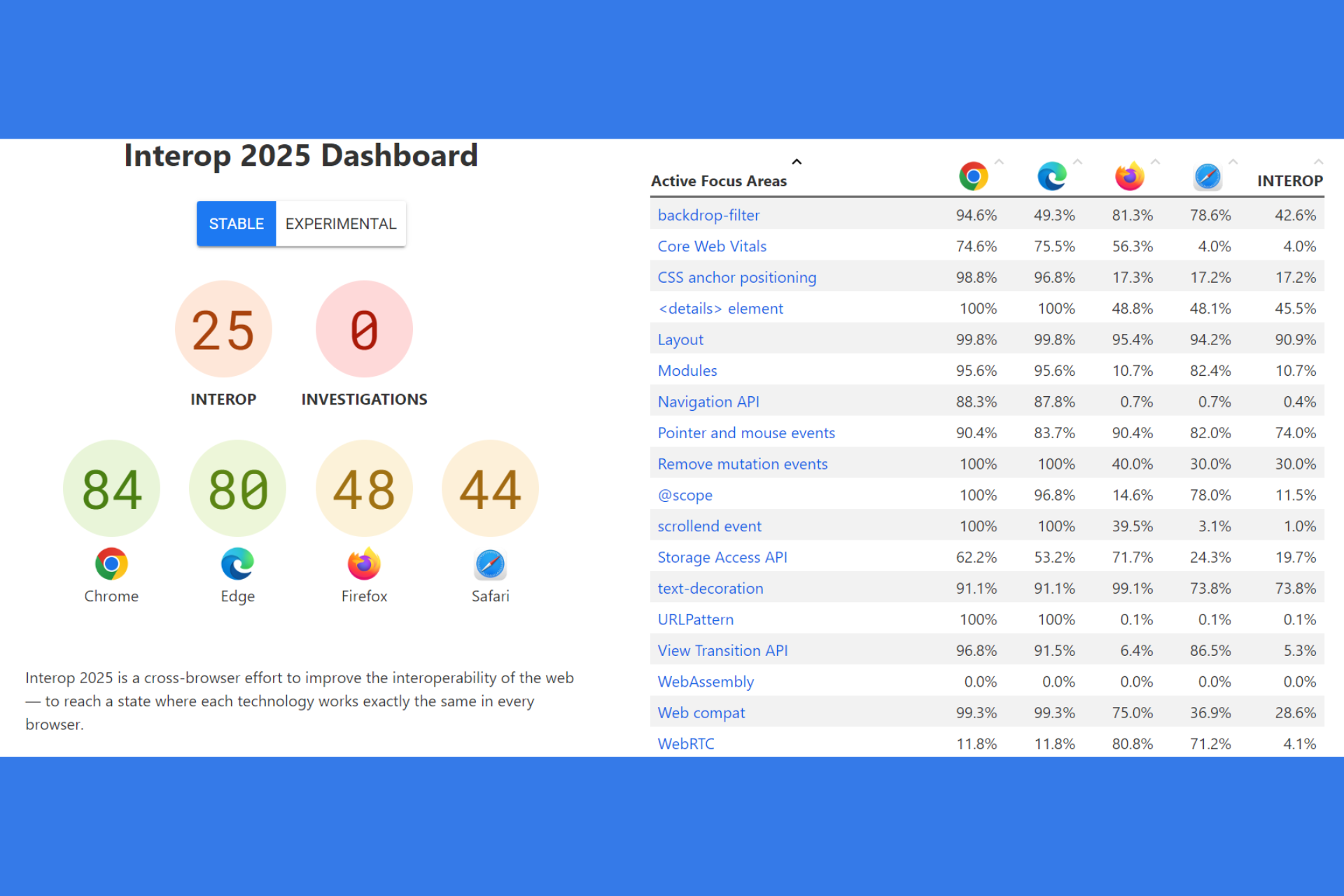
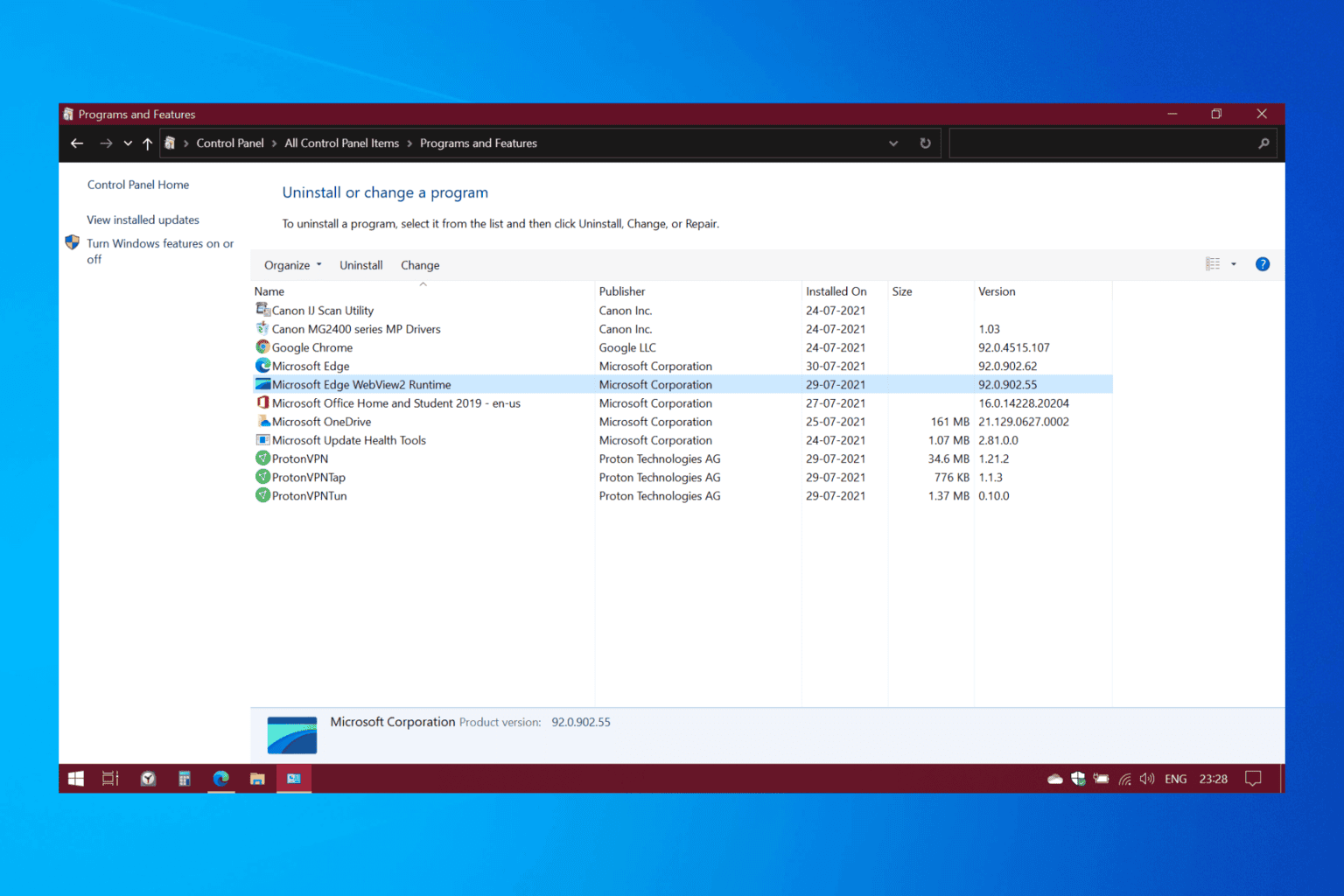
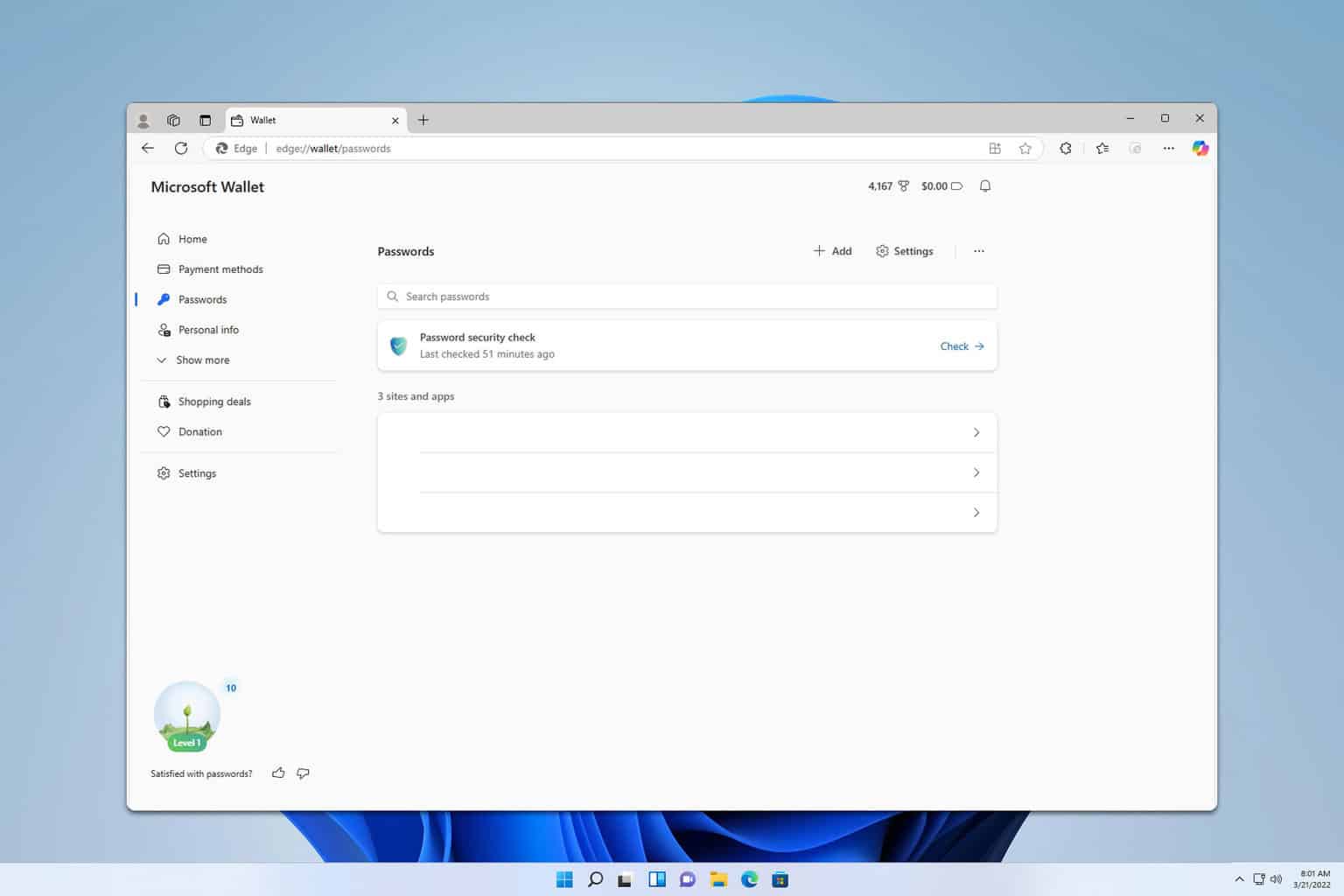
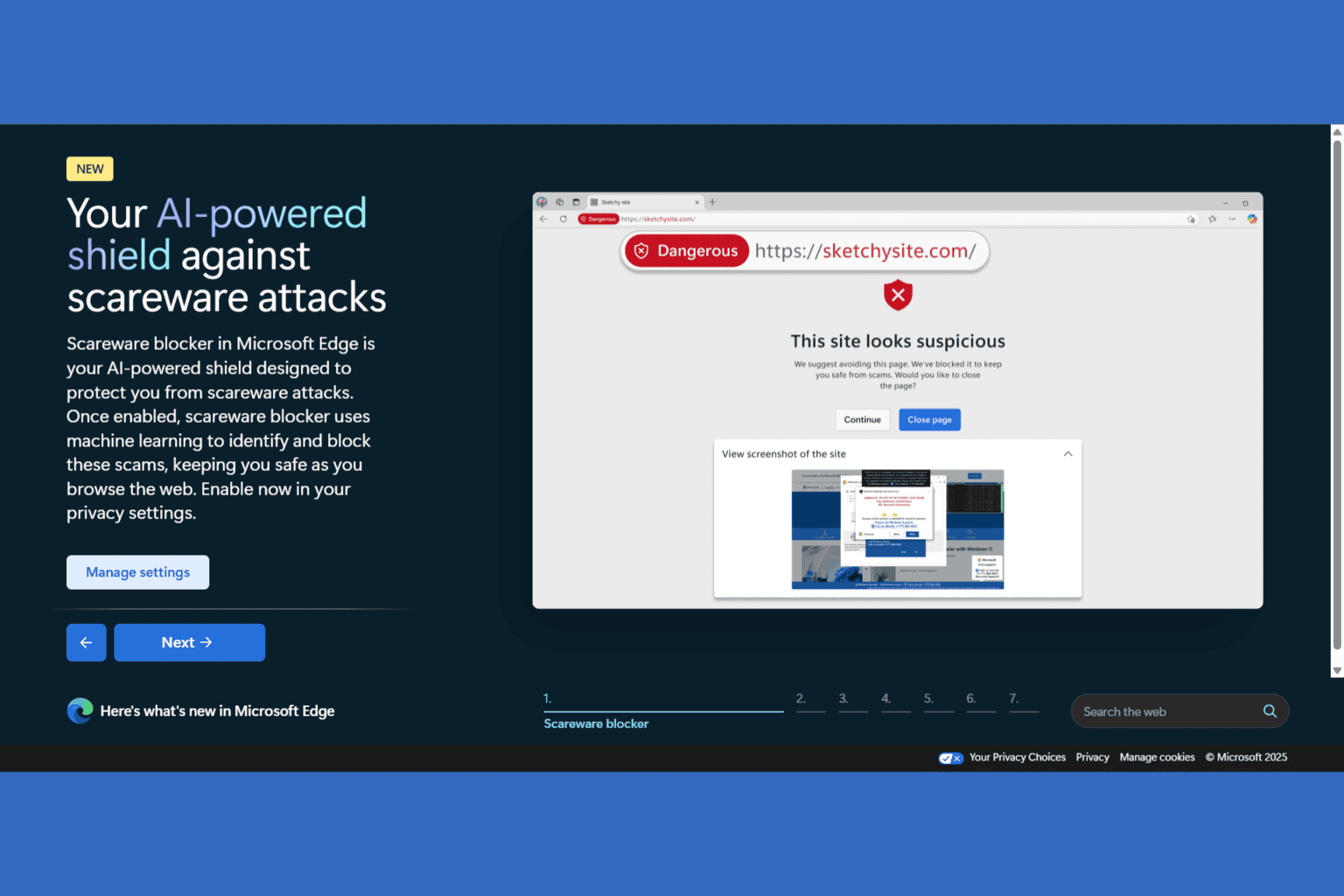
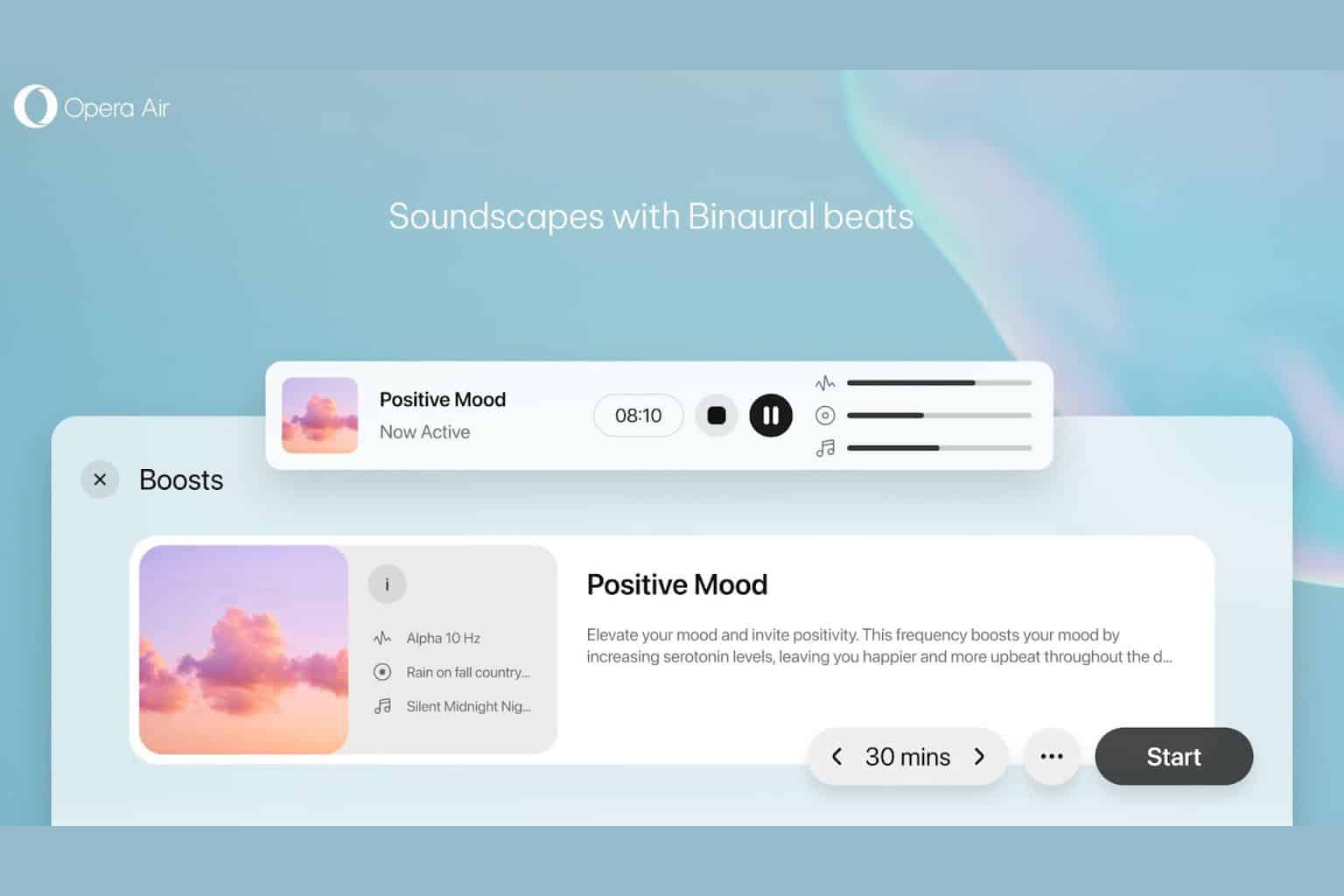
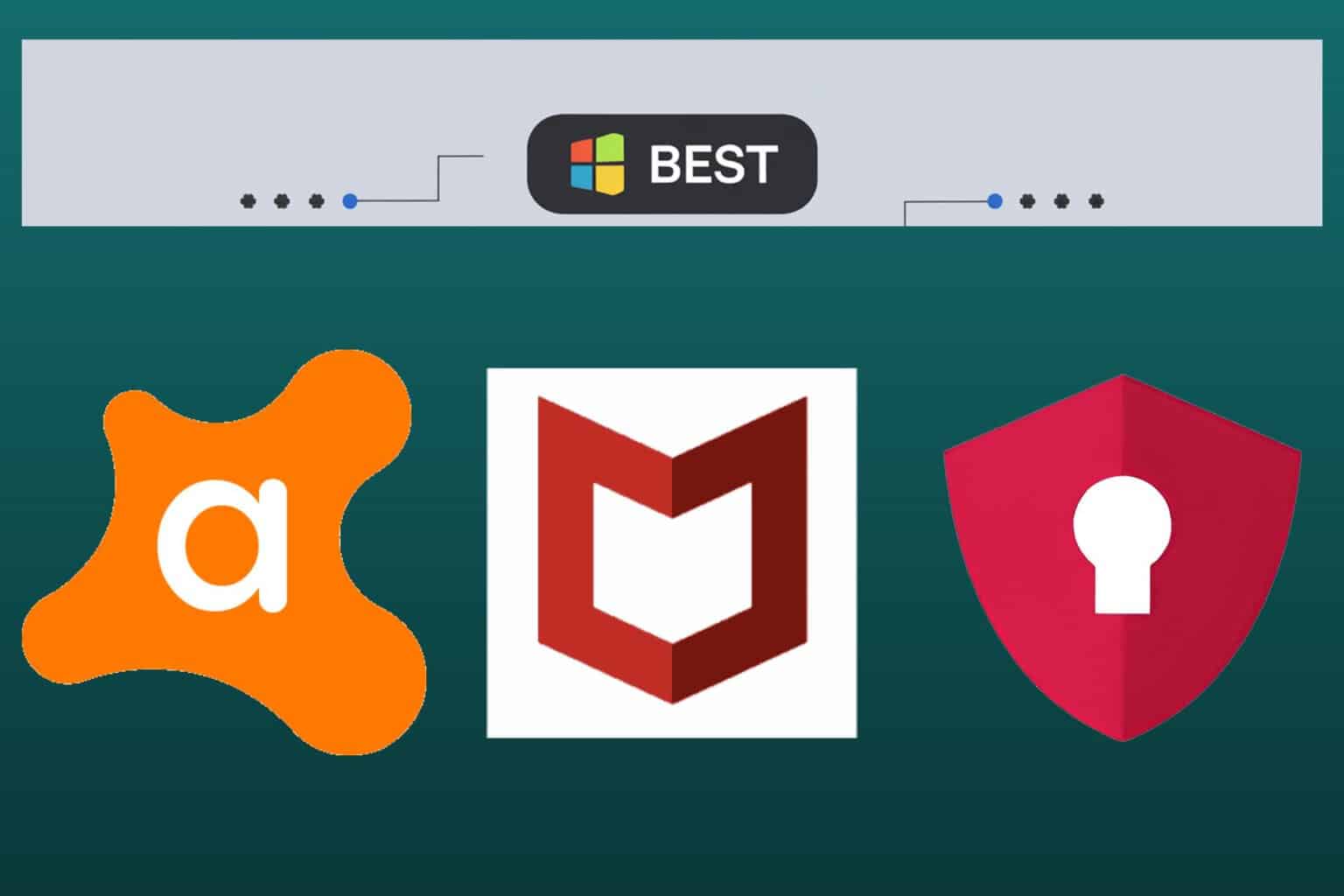
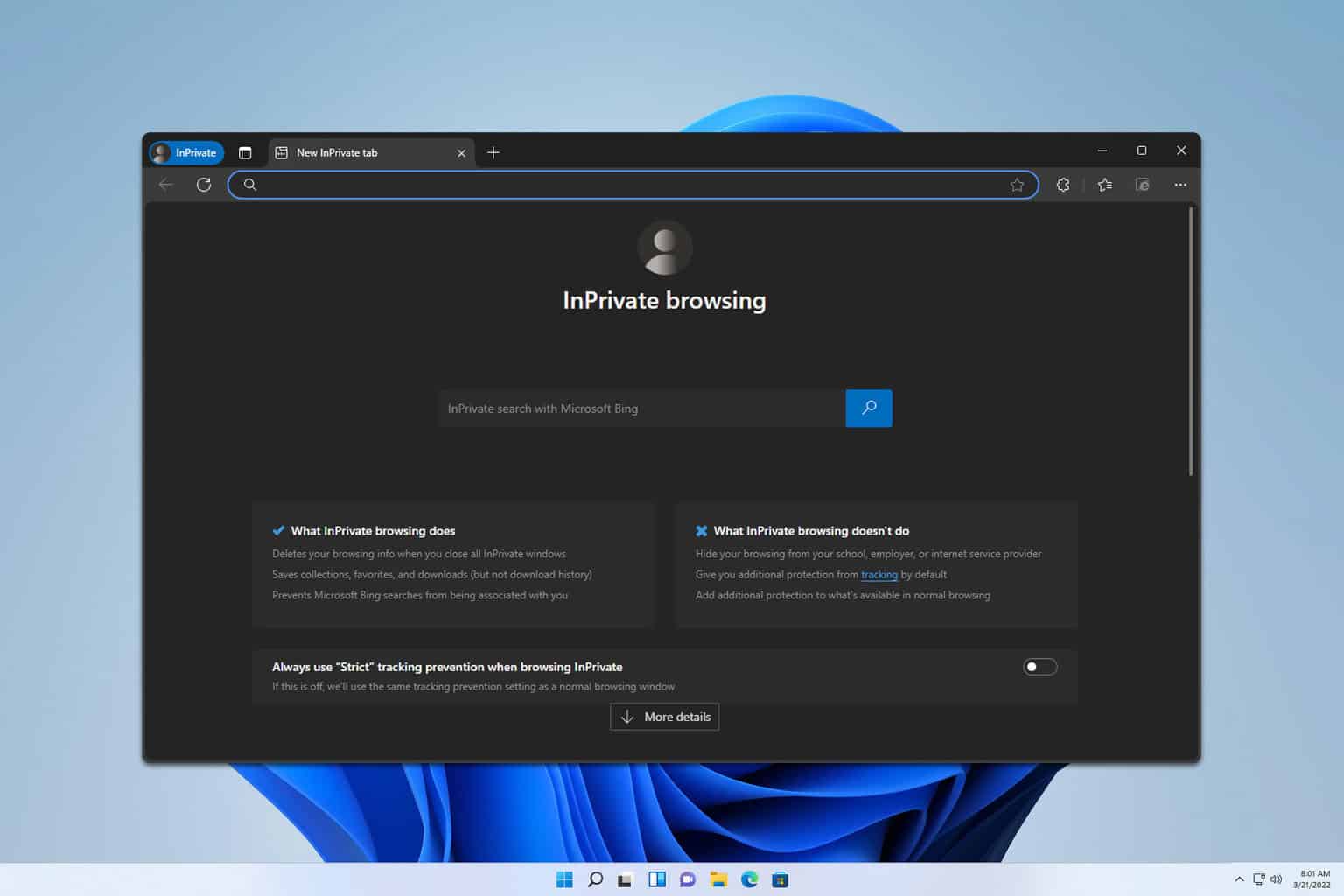
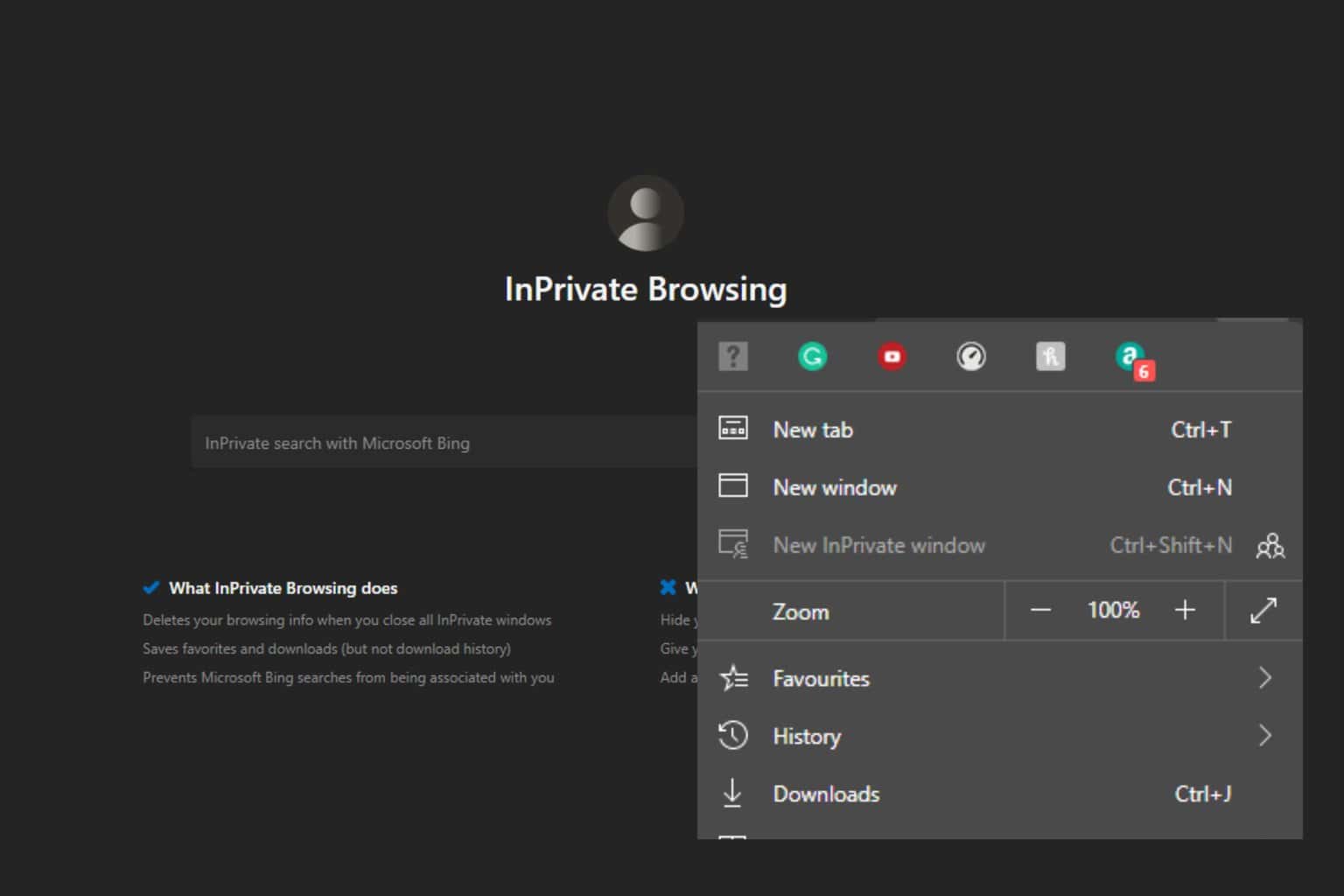
User forum
0 messages